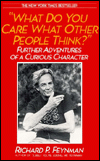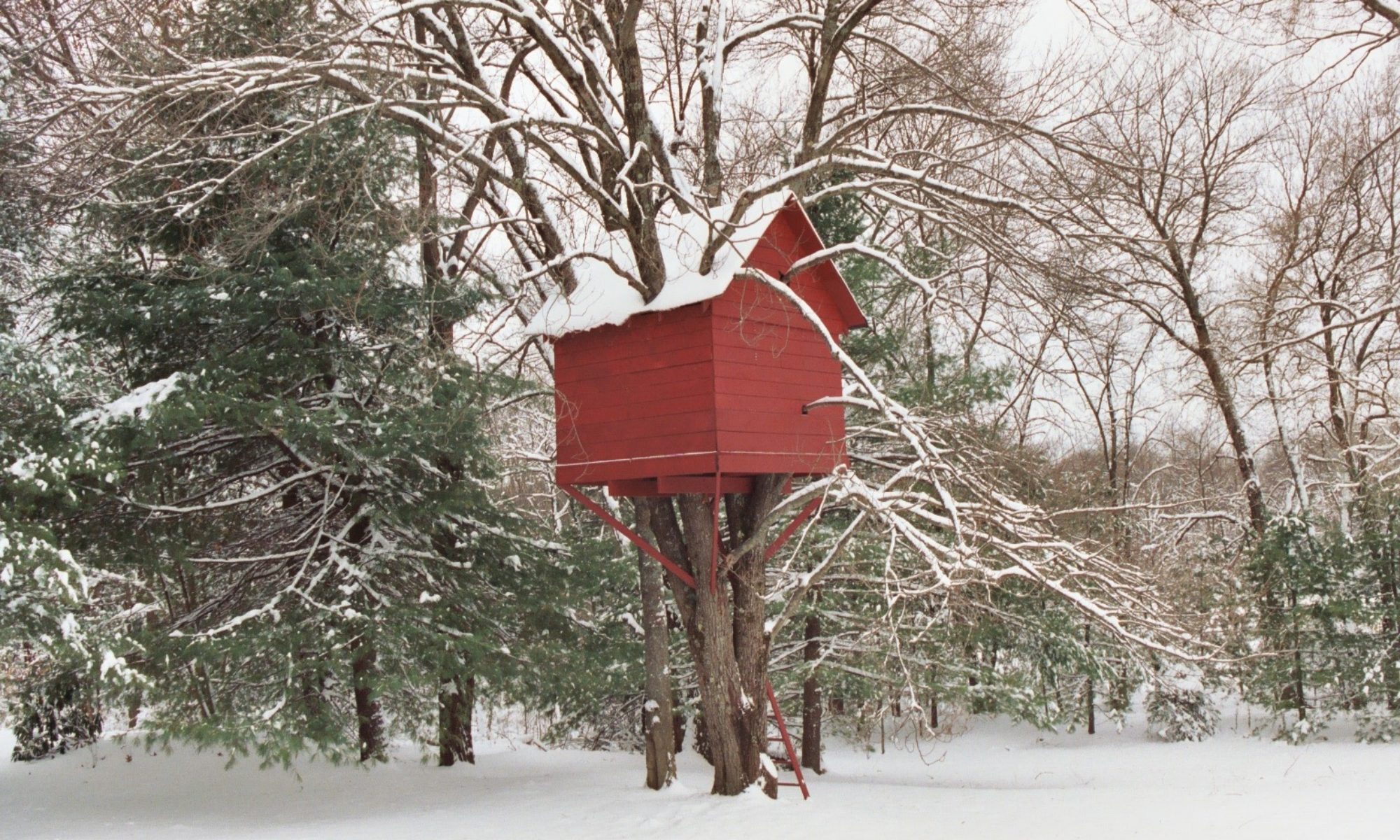Richard P. Feynman was one of the twentieth century’s most brilliant scientists and educators. ‘What Do You Care What Other People Think’ is one of several books by and about this fascinating man.
By Erik J. Heels
First published 7/13/1998; LegalResearcher.com; publisher: New York Law Publishing Company.

In this book, Feynman describes his role in the investigation of the space shuttle Challenger explosion and he emphasizes the importance of engineers and decision-makers working together. To paraphrase Feynman, you can’t fool physics. Feynman also sheds light into the political morass that is NASA, suggesting that there will be more disasters for the US space program in the future.
I watch or listen to nearly every shuttle launch, fully expecting that we’ll lose another space shuttle soon.
In part, because of this book, I decided to make law and technology my career.
“What Do You Care What Other People Think: Further Adventures of a Curious Character” by Richard Phillips Feynman.
Summary: five stars (5/5).

